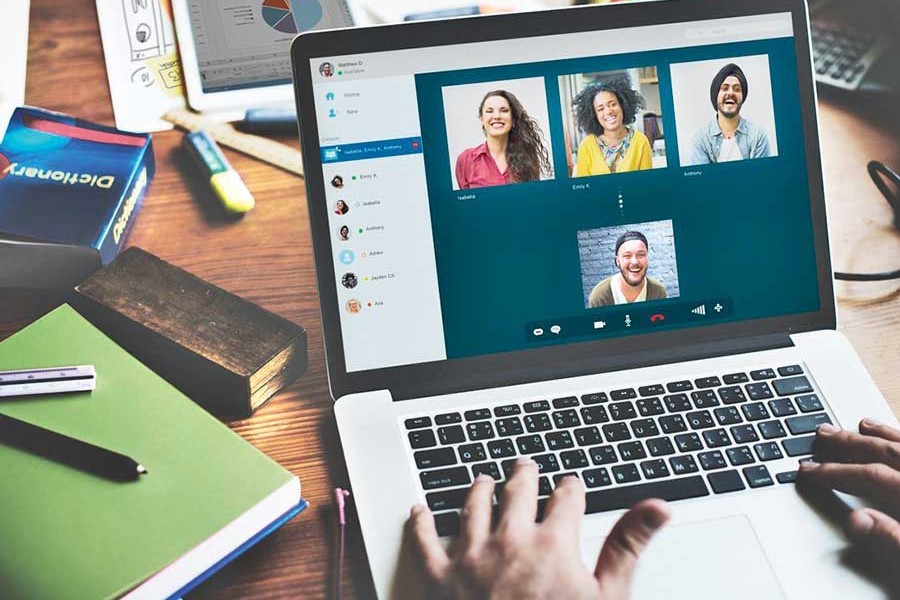Demand for online classes and communications for digital education has been increasingly felt once educational institutions have been closed in order to prevent spread of coronavirus in the country. There has been certain uncertainty in educational activities including examinations, and some schools and a few higher educational institutions have been using online tools in their effort to provide education to their students.
However, this pandemic has also exposed weakness or limitations of our digital education facilities. Bangladesh has come a long way in terms of digital connectivity, if we compare it now with the analogue age, but our use of the internet is more concentrated on personal communications, some financial transactions of late, and more on sharing information on the social media platforms.
So, the digital society we were trying to build could hardly offer universal education. To be specific, we are not yet fully ready with digital education that reaches students irrespective of their backgrounds. Also, there are questions about how far the e-commerce platforms are ready to serve people of all strata.
Online education is somehow limited to students of privileged families and there is rural-urban divide. Even all institutions are not ready - Dhaka University, for example, is still not in a position to provide online education during this crisis, for all its students.
Given our slogan for building Digital Bangladesh, we need to acquire empirical knowledge of how far we have been able to benefit from, say, union information centre or bring hospitals across the country under digital coverage for providing healthcare to all citizens.
We must be innovative in adopting digital education. In rural areas, semi-digital facilities may be used for providing education but that is not possible in urban areas because of high density of population. Online skills should also be provided to students and jobseekers through hands-on training. There should be a hybrid between classroom education and skills that can be offered online. Students should be familiar with education elsewhere and those seeking jobs may be informed about digital advertisements.
We have seen some infrastructures for widening digital facilities but the old institutions or facilities such as public libraries and community centres can be utilised for offering various facilities to the youth. We need to take an innovative approach in taking advantage of the community facilities in a new context.
Thus, our educational activities should be aligned with urban policy. In rural areas as well, students should be provided with facilities that would help them compete with their urban friends and reduce the gap. And since urbanisation is a process in Bangladesh that we cannot deny, we need to make it healthy, creating opportunities for all.
I think the challenges o the Covid-19 situation have created an atmosphere where authorities can think about major changes in education for digitisation proper. Until recently, we kept use of online facilities limited to social media sharing and at best sending and receiving money through mobile phones. Now, we feel the necessity of accessing education. So, we now can give a big push for establishing digital education system for all beyond the coronavirus crisis.
This will no doubt require investments in three major areas - developing or improving digital infrastructures, generating digital content or contents suitable for digital platforms and building human resources including quality teachers. Only infrastructure and digital devices will not solve problems of life unless we can ensure its use for human welfare. Bangladesh has the scope to turn this crisis into an opportunity to provide better education and make jobseekers more connected to both local and global job market.
Hossain Zillur Rahman, a former caretaker government adviser, is Executive Chairman of Power and Participation Research Centre (PPRC).


